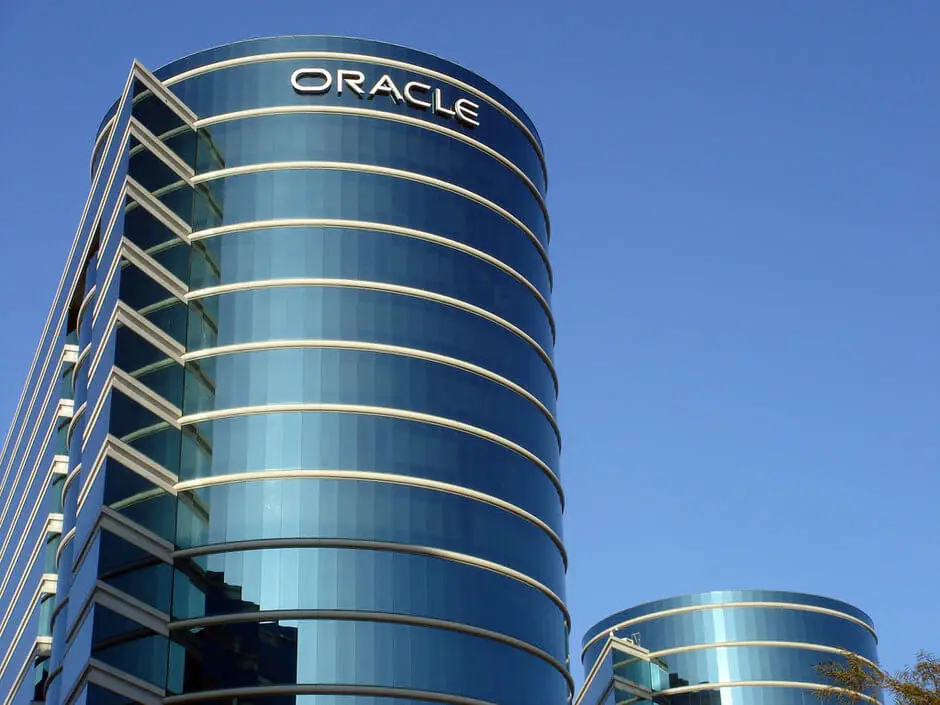Oracle Mission and Vision Statement Analysis

Oracle’s mission statement is “we foster an inclusive environment that leverages the diverse backgrounds and perspectives of all our employees, suppliers, customers, and partners to drive a sustainable global competitive advantage.” The statement describes what oracle does for its clients and the purpose of these activities. The statement relates to the summarized points:
- Improvement of lives
- Global presence
Through these factors, Oracle shows that there is a bigger purpose in all the products that it designs. For instance, through its initiatives, Oracle states that technology is the foundation of growth in the modern era as it improves efficiency in the health sector, education, and other facets of life. The company gives evidence of how its software systems make life much better from a personal perspective or even at the business level indicating that technological obsolescence only brings risks at all levels. In the second point, Oracle assures clients of the differences that its software, and data management systems have irrespective of where they are across the globe.
Introduction
Oracle is a global computer technology company that has proven how impactful it can be in the world through its integrated systems. The company has recorded remarkable success, rising from the simple and local Software Development Laboratories it was in 1977 to a multinational corporation it is today, and all this due to its mission and vision statements.
A corporate vision statement describes the future state targeted by a business, while a mission statement shows what the business does to get there. Both corporate statements of this company purposes to give everyone technological freedom through its diverse products and services. Specifically, the mission statement specifies the operations of Oracle and the respective targeted audiences that include customers and employees among others.
The solidity Oracle has had over the years indicates there is more to it, and this is where the effect of its core values come in. Therefore, all three factors, mission, vision, and core values significantly contribute to the smooth operation of the company.
Vision Statement
Oracle Company is yet to publish an official vision statement on its website. Despite this, the firm has an implied vision that agrees with what its mission statement enshrines. Essentially, it comes out clear from the principles of the company that its mission is ‘becoming a company that helps its customers to simplify their IT environment in such a way that they are adequately equipped to grow and thrive.’ In fact, this is what has given Oracle the fame it has in the contemporary business realm.
Core Values
Oracle’s core values comprise “integrity, mutual respect, and teamwork.” The three tenets are critical for this company especially because of the impact they have on the general working atmosphere.
Oracle is without a doubt a company that pools people from various backgrounds to work together and advance technological innovation. The diversity that characterizes this company can only hold tight in the presence of a strong corporate culture. At Oracle, this culture is nurtured by the three principles that the company cherished as outlined in the core values statement.
References
- Amato, C. H., & Amato, L. H. (2002). Corporate commitment to quality of life: Evidence from company mission statements. Journal of Marketing Theory and Practice, 10(4), 69-87.
- Bart, C. K. (1996). High tech firms: does mission matter?. The Journal of High Technology Management Research, 7(2), 209-225.
- Breuer, H., & Lüdeke-Freund, F. (2017). Values-based network and business model innovation. International Journal of Innovation Management, 21(03), 1750028.
- Byars, L. L., & Neil, T. C. (1987). Organizational philosophy and mission statements. Planning Review, 15(4), 32-35.
- Collins, J. C., & Porras, J. I. (1996). Building your company’s vision. Harvard business review, 74(5), 65.
- David, F. R. (1989). How companies define their mission. Long-range planning, 22(1), 90-97.
- Fitzgerald, C., & Cunningham, J. A. (2016). Inside the university technology transfer office: mission statement analysis. The Journal of Technology Transfer, 41(5), 1235-1246.
- Mazzucato, M. (2018). Mission-oriented innovation policies: challenges and opportunities. Industrial and Corporate Change, 27(5), 803-815.
- Oracle – Home.
- Prahalad, C. K., & Doz, Y. L. (1987). The multinational mission: Balancing local demands and global vision. Simon and Schuster.
- Tarnow, E. (1997). A recipe for mission and vision statements. Journal of Marketing Practice: Applied Marketing Science, 3(3), 184-189.
- You, C., Li, C. G., Robinson, D. P., & Vidal, R. (2016). Oracle-based active set algorithm for scalable elastic net subspace clustering. In Proceedings of the IEEE conference on computer vision and pattern recognition (pp. 3928-3937).












Does the fact that Oracle employees use your company to monitor family members to their own personal gain????
eg. Scott Wade